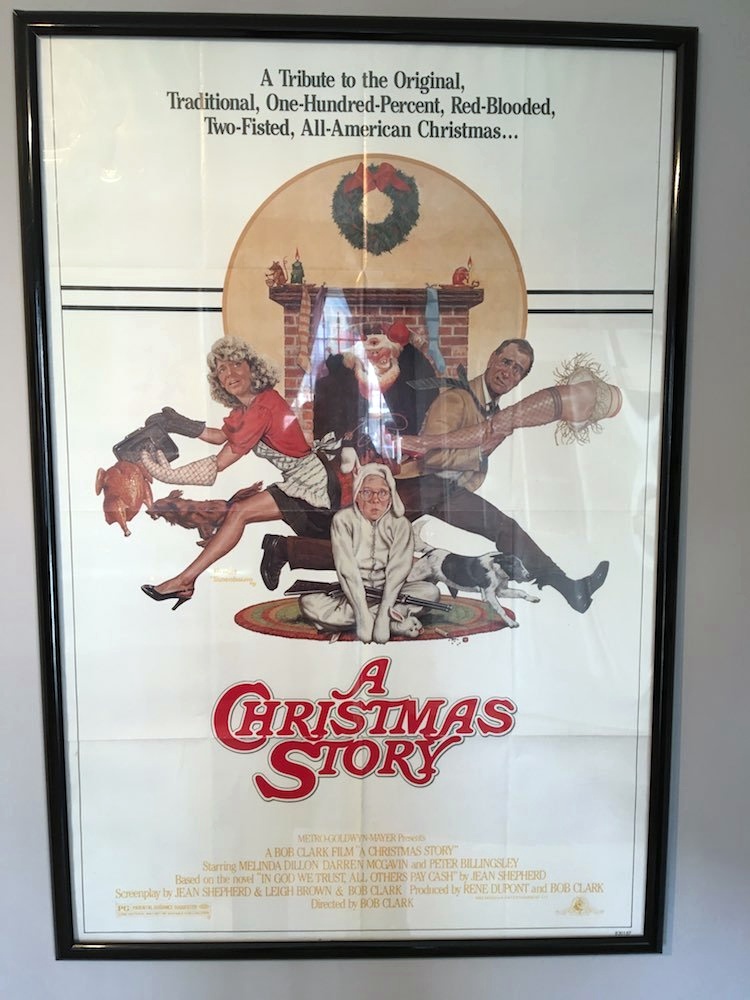Christmas celebrations at the beginning of the 19th century were very different from the way we celebrate today. Here are some interesting facts on the evolution of the Christmas holiday and how the Victorians shaped what we now consider a tradition. Queen Victoria and Prince Albert are integral to the evolution of the modern Christmas celebration.
- Christmas was not a major holiday until the Victorian era. Most businesses remained open on Christmas Day. It was not a family-centric celebration until the Victorian era. Coupled with Boxing Day on December 26th, the back-to-back holidays made it possible for more families to gather together for the holiday.
- Holiday decorations consisted of boughs of holly and other evergreens at the beginning of the century. Greenery still had a place in the Victorian home but the placement and style of the decorations took precedence. Mistletoe hung from the ceiling. Kisses were determined by the number of berries in the mistletoe. When a kiss was given, a berry was plucked. When all the berries were gone, so were the kisses!
- The tradition of the Tannenbaum or Christmas tree had not reached beyond its German roots. Although the first Christmas tree dates to the early 19th century in England, it wasn’t until Queen Victoria and Prince Albert decorated a large one at Windsor Castle in 1841 that the practice gained popularity. It brought back childhood memories for the prince. Queen Victoria commented in her journal that “it is like a dream.”
The foot of the tree was often decorated with a miniature landscape made of paper. It supplied many hours of amusement for children. The tree was decorated with handmade ornaments and decorations. Paper cornucopias were filled with fruit, nuts, and sweets. Other decorations included popcorn or raisin and nut garland, artificial flowers, paperboard ornaments, wax figures of angels and children, and wool snowmen and angels. - The first glass ornamental balls were handcrafted in Lauscha and first appeared in German immigrants’ homes in America during the 1860s. ‘Store-bought’ ornaments were introduced in the 1870s. Most were crafted by artisans in Dresden and the villages of the Thuringian Mountains in Germany.
- Gifts consisted of fruits, nuts, and the like and were mostly given on New Year’s Day at the beginning of the 19th century. But, as the holiday became more family-centered, gift-giving moved to December 25. It was a time to reward children and was embraced by rich and poor alike. Small gifts were often hung from the tree. As gifts grew bigger and more lavish, they were placed beneath the tree.
Look for five more interesting observations in our next post! Dream a little in the Victorian Era section of our online catalog.
Resources
Victorian Christmas – Christmas in the Victorian Time












Leave A Comment